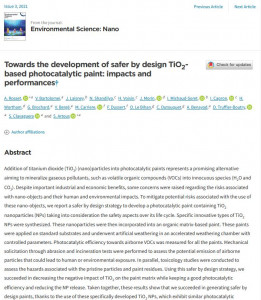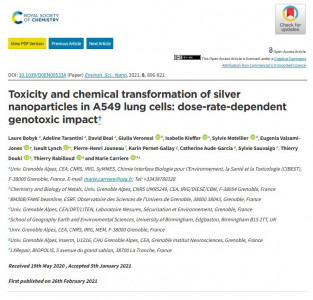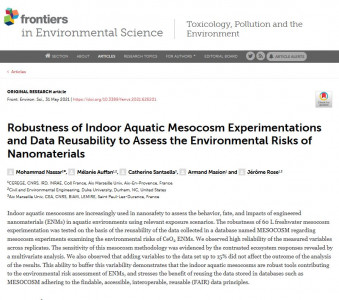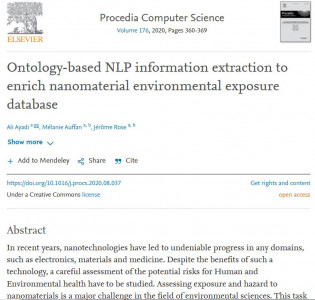Article on "Application of a mineral binder to reduce VOC emissions from indoor photocatalytic paints" by Morin, J., Gandolfo, A., Temime-Roussel, B., Strekowski, R., Brochard, G., Bergé, V., ... & Wortham, H. (2019)
Abstract
Given toxic nature of many VOCs present within indoor environments, it is necessary to measure and quantify indoor VOC emissions to better inform and protect the public from possible adverse health effects of indoor air pollution. To better understand and quantify this problem, a horizontal flow tube reactor was used to study VOC emissions from selected paint. Studied paints include mineral silicate binders, acrylic binders and acrylic/siloxane binders with and without incorporated titanium dioxide (nano-TiO2) nanoparticles. Surface emission fluxes of selected VOCs from the tested paints were detected and quantified using a High Sensitivity-Proton Transfer Reaction-Mass Spectrometry (HS-PTR-MS). Low VOC emissions were observed for reference paints (absence of nano-TiO2) in the presence of UV irradiation. On the other hand, important formation of formaldehyde, acetaldehyde and pentanal were observed for photocatalytic paints (impregnated with nano-TiO2). VOC emission fluxes from reference paints and photocatalytic paints were compared to determine the formation of VOCs due to a reaction between the binder and radical reactive species created on photocatalytic surfaces. Different matrix impacts for each paint were studied and an important difference in VOC emission between acrylic binder paints and mineral binder paints was observed under UV irradiation. A 66%, 29% and 88% decreases in formaldehyde, acetaldehyde and pentanal, respectively, emission were observed for mineral binder compared to acrylic binder VOC emission. In majority of the experiments, mineral binder emitted less VOCs. This mineral binder seems to be an important factor in improving indoor air quality.









